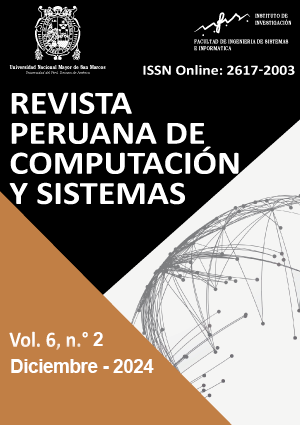Artificial Intelligence and its research sub-fields: A historical review
DOI:
https://doi.org/10.15381/rpcs.v6i2.28857Keywords:
History of Artificial Intelligence, Subfields of Artificial Intelligence, Evolution of Artificial IntelligenceAbstract
The development of Artificial Intelligence has had a significant impact on various sectors of society, including business, academia, and government. Recent advancements have been made possible by contributions from the past. This historical review explores key developments in Artificial Intelligence, from its conception in Greek mythology to the latest innovations of 2023, organized into four phases. The first phase, Ancient Conceptions, addresses early notions of Artificial Intelligence in Greek mythology and the first automata developed. The second phase, The Beginnings of Modern Artificial Intelligence, examines the initial advancements in formal Artificial Intelligence research. The third phase, Expansion and Setbacks, is marked by growth in key areas such as Expert Systems. The fourth phase, Resurgence of Artificial Intelligence, corresponds to the field's revitalization, driven by deep learning. Through a chronological analysis of more than 150 information sources, including scientific articles, books, and historical documents, this review provides a comprehensive overview of Artificial Intelligence evolution. Additionally, the work describes several Artificial Intelligence solutions implemented across Peruvian business and governmental spheres.
Downloads
Published
Issue
Section
License
Copyright (c) 2024 Zandor Yandari Sánchez Agreda

This work is licensed under a Creative Commons Attribution 4.0 International License.
THE AUTHORS RETAIN THEIR RIGHTS:
(a) The authors retain their trademark and patent rights, and also over any process or procedure described in the article.
(b) The authors retain the right to share, copy, distribute, execute and publicly communicate the article published in the Revista Peruana de Computación y Sistemas (for example, place it in an institutional repository or publish it in a book), with acknowledgment of its initial publication in Revista Peruana de Computación y Sistemas.
(c) Authors retain the right to make a subsequent publication of their work, to use the article or any part of it (for example: a compilation of their work, lecture notes, thesis, or for a book), provided that they indicate the source. of publication (authors of the work, magazine, volume, number and date).



